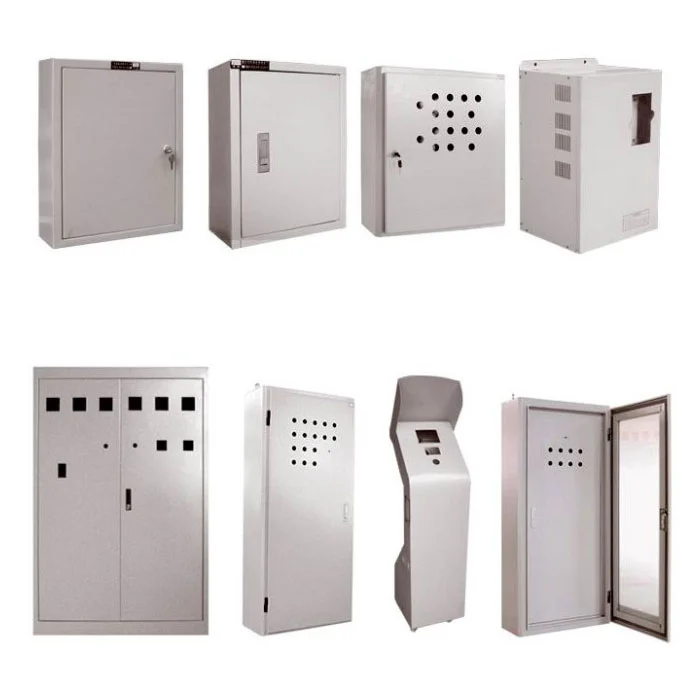Sheet Metal Stamping: Precision Manufacturing for a Wide Range of Industries
2025-05-27
Sheet metal stamping is a highly efficient manufacturing process used to form and shape metal sheets into specific designs and components. This technique is widely employed in industries such as automotive, aerospace, electronics, and construction due to its accuracy, speed, and cost-effectiveness.

What Is Sheet Metal Stamping?
Sheet metal stamping involves using a press and custom-designed dies to cut, bend, emboss, or otherwise shape flat metal sheets into desired parts. The process can range from simple operations like blanking and piercing to complex multi-stage forming, depending on the design and function of the final product.
Key Processes in Sheet Metal Stamping
Blanking: Cutting a flat piece of metal from the sheet.
Piercing: Creating holes or cutouts in the sheet.
Bending: Forming angles and folds by deforming the metal.
Forming: Shaping the metal into three-dimensional parts.
Coining: Applying pressure to create detailed features.
Embossing: Raising or recessing patterns on the metal surface.
Materials Used
Sheet metal stamping typically works with metals like:
Steel (carbon steel, stainless steel)
Aluminum
Copper
Brass
Titanium
Material choice depends on the part requirements such as strength, corrosion resistance, and weight.
Advantages of Sheet Metal Stamping
High Precision: Enables tight tolerances and complex shapes.
Cost-Effective: Ideal for large production runs due to automation.
Speed: Fast cycle times increase productivity.
Versatility: Can produce parts of various sizes and designs.
Material Efficiency: Minimal waste compared to other manufacturing methods.
Applications
Automotive Industry: Body panels, brackets, and engine components.
Electronics: Enclosures, connectors, and heat sinks.
Aerospace: Structural parts and housings.
Appliances: Frames, panels, and mounting hardware.
Construction: Metal fittings and fixtures.
Considerations
Tooling Cost: Initial die design and manufacturing can be expensive.
Material Selection: Must consider metal formability and strength.
Tolerance Requirements: Precision may require advanced equipment and quality control.
Conclusion
Sheet metal stamping is a cornerstone of modern manufacturing, delivering precise, repeatable, and cost-efficient metal components for a vast array of applications. As technology advances, stamping processes continue to evolve, offering even greater capabilities and design possibilities.


